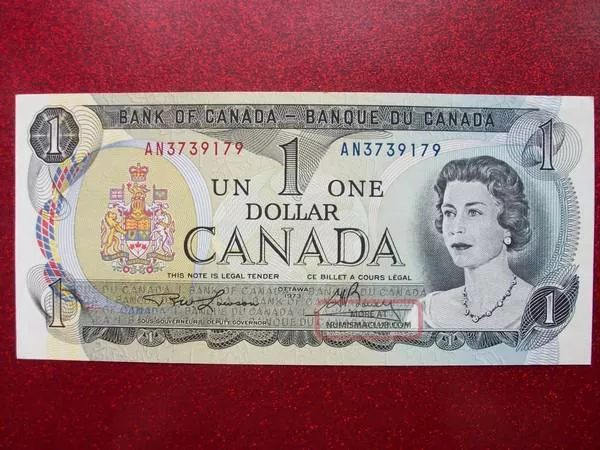The Canadian two dollar bill has a unique place in the history of Canada’s currency. Understanding its status as legal tender is important for both Canadians and visitors. This article will explore the history, current status, and implications of the two dollar bill in Canada.
The History of the Two Dollar Bill
The Canadian two dollar bill was first issued in 1862. It was introduced to provide a convenient way to make change. The bill underwent several design changes over the years. In 1996, the two dollar bill was replaced by the two dollar coin, commonly known as the “toonie.”
Early Designs
The first two dollar bills featured images of important Canadian figures. These included portraits of prominent political leaders. The designs reflected Canada’s history and culture. Over time, the bill evolved to include various security features.
Transition to the Toonie
In 1996, the Canadian government decided to replace the paper two dollar bill with a coin. This decision aimed to reduce production costs and enhance durability. The two dollar coin, known as the toonie, features a polar bear and a colored inner core.
Current Status of the Two Dollar Bill
As of now, the Canadian two dollar bill is no longer printed. However, it is still considered legal tender. This means that it can still be used to pay for goods and services. Businesses are not required to accept it, but they can choose to do so.
Legal Tender Defined
Legal tender is currency that must be accepted if offered in payment of a debt. In Canada, the Bank of Canada determines what constitutes legal tender. Currently, Canadian coins and banknotes issued by the Bank of Canada are recognized as legal tender.
The Role of the Bank of Canada
The Bank of Canada is responsible for issuing currency. It also regulates the money supply in the country. When the two dollar bill was replaced by the toonie, the Bank of Canada announced that the old bills would still be valid. This decision ensured that Canadians could continue to use them without worry.
Public Perception and Usage
While the two dollar bill is still legal tender, its usage has declined significantly. Most Canadians use coins or other denominations for daily transactions. However, some people still have a sentimental attachment to the old bill.
Sentimental Value
Many Canadians remember the two dollar bill fondly. It has a nostalgic value that goes beyond its purchasing power. Some people keep old bills as collectibles or for sentimental reasons. This nostalgia contributes to the bill’s continued presence in the cultural memory of Canada.
Collectors and Collectible Value
Collectors often seek out old currency, including the two dollar bill. Certain editions of the bill may have higher value among collectors. Factors such as rarity, condition, and historical significance can affect the value of these bills.
Challenges in Acceptance
While the two dollar bill remains legal tender, businesses may be hesitant to accept it. This reluctance can stem from a few factors, including:
Lack of Familiarity: Many people are not accustomed to handling the two dollar bill. This can lead to confusion during transactions.
Preference for Coins: The toonie has become the standard for two dollar transactions. Many businesses prefer to receive and give change in coins.
Inventory Issues: Some retailers do not keep the two dollar bill on hand. They may not have enough demand to justify its inclusion in their cash register.
Legal Obligations for Businesses
Businesses in Canada are not required to accept all forms of legal tender. They can choose which payment methods they accept. However, if they do accept cash, they must accept legal tender bills.
What Happens If a Business Refuses?
If a business refuses to accept a two dollar bill, customers have the right to ask why. The business may explain its policy or the reasons for its refusal. In some cases, customers may choose to take their business elsewhere.
Conclusion
In conclusion, the Canadian two dollar bill is still legal tender, despite being phased out in favor of the toonie. Its unique history, public perception, and the challenges of acceptance highlight the complexities of currency in Canada. Understanding these dynamics is crucial for anyone interested in Canadian economics or history.
The two dollar bill may not circulate as frequently as it once did, but it remains an important symbol of Canada’s monetary evolution. Its story is one of change, resilience, and a lasting connection to the past. As Canadians move forward, the legacy of the two dollar bill will undoubtedly continue to resonate.
Related Topics:
- What is the Nickname of the Canadian Dollar Bill?
- What is the Currency Code for the Canadian Dollar?
- Can I Get Canadian Dollars at Tesco?


